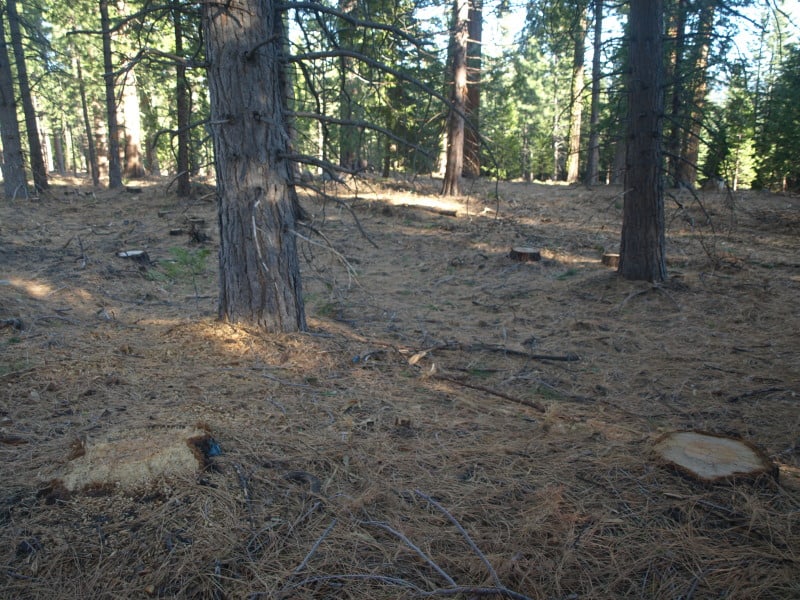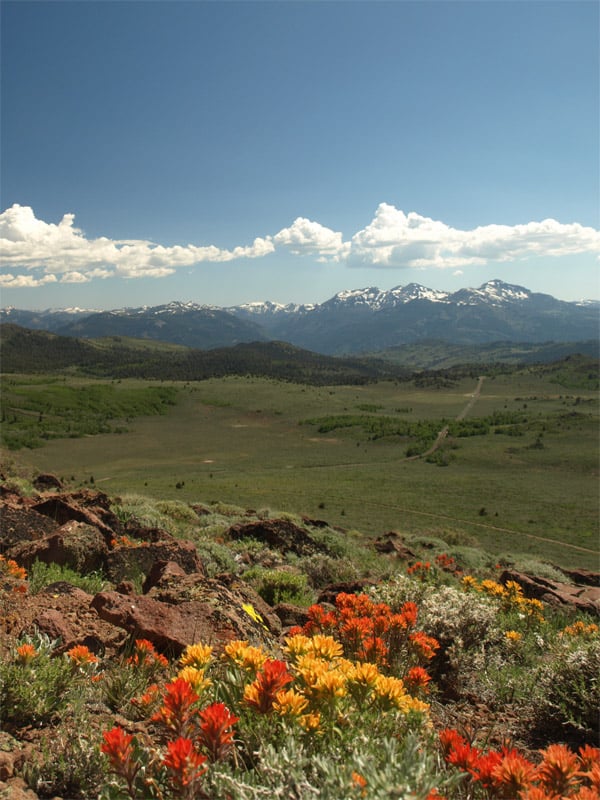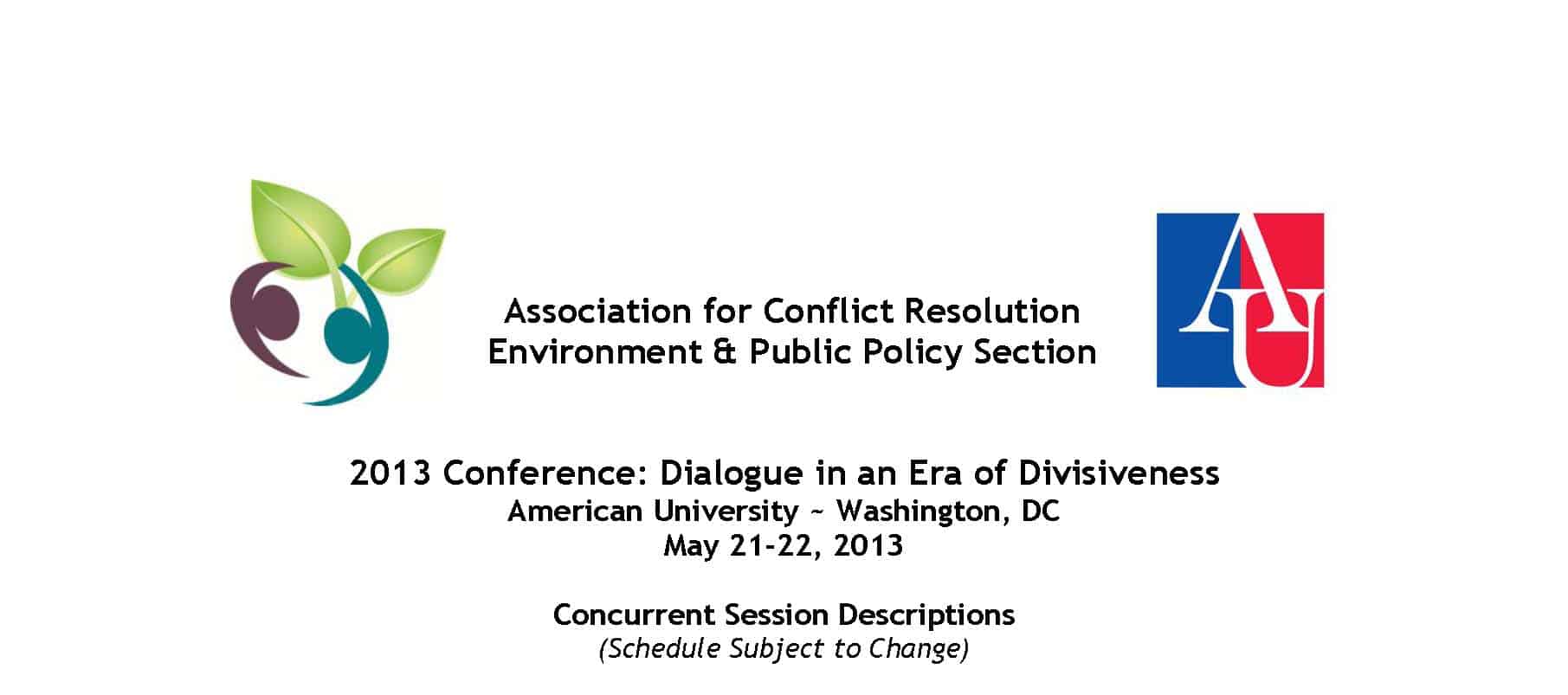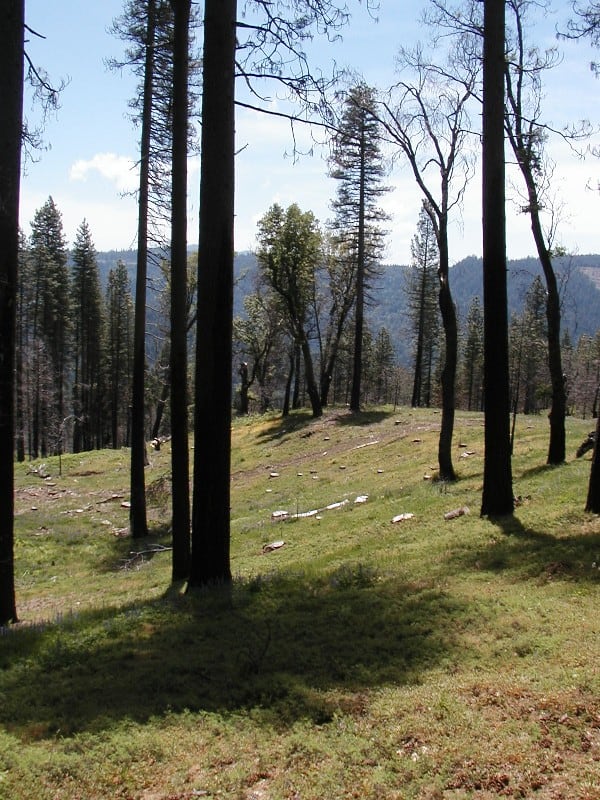So, for now, it’s hard for you all to go back through past posts. Fortunately, I can and I found one that I think has been overlooked again, again from John, who got me started on the ESA post here. I think John hit on a rich vein of gold for discussion, that may end up being deeper and more meaningful on this topic than anything we’ve had to date. Because I think it’s so important, and fundamental to helping Legal World and Physical World people to stop talking past each other, I’d like to bring up the Four Agreements, by Don Miguel Ruiz
You can read about where the Four Agreements various places including here. The author of the blog post, John Johnson, is a professor of psychology so perhaps it is the “best available science”, which, clearly, we should all use!. Suffice it to say that many people have found these helpful in working through relationships with others. Perhaps organizations can’t do these for various reasons, and that would be worth exploring. But I think that fundamentally “not doing what you say you are going to do” is the basis for serious trust problems, that clearly we have on both “sides” and in the middle.
They are:
1. Be impeccable with your word. Moving the goalposts of what you say you want to resolve an issue is one example, or not monitoring when you said you would, or not following BMP’s.
2. Don’t take anything personally.
Sharon’s 2a Don’t mean anything personally. Castigate the behavior not the person (or the sin and not the sinner if you prefer that language). I think it’s important not to get caught up in that and I will provide an example. I think using “organization x” “district ranger y” will help depersonalize the issues.
3. Don’t make assumptions. (see how real this is? Matthew thought I was doing that yesterday)
4. Always do your best. (not sure that this relates to our discussion, but still worthwhile)
Anyway, back to John who said here
When I took natural resource conflict resolution courses at the University of Montana (several years ago) the instructors talked about your Best Alternative to a Negotiated Agreement (BATNA). If your BATNA outweighed what you’d be getting in the collaborative, it was time to think long and hard about going with the BATNA.
What do folks think about a situation in which a group starts in a collaborative process but then determines that their interests/needs won’t be met through a collaborative process? In other words, if you go into it looking to collaborate but determine your needs won’t be met are you then allowed to go to court?
So John caused me to think about a couple of things. One is that perhaps we could get a volunteer to teach a mini- course for us in conflict resolution. I learned from Keith Allred at the Kennedy School SES training. But the training I wanted to take from the USIECR was fairly expensive and I couldn’t justify it with waning budgets and looming retirement. So we should probably explore that further.. if we could all learn together. Maybe a project for a graduate student? Retiree?
The second is that we learned about BATNA’s and did exercises using labor relations. But using those same thoughts frames the question as “us versus them.” Before I retired, we had an excellent all day training on the “Partnership Agreement.” One of the things they talked about (I think in terms of administrative grievances or discrimination complaints) was “”negotiating in good faith.”
So here’s my example. This reminded me of environmental organization X. We had worked on Colorado Roadless for seven years. At each comment period they moved the bar. In fact, I had developed a table of all the different times they wrote (this is public) and told us what they wanted. Each time we gave it to them, and they moved the bar, which I showed in the table. They must think it is OK to do this, because they were getting more of what they wanted (or is that making assumptions?) But they were not being impeccable with their word as far as I can tell. Does the end justify the means? (I don’t know why it was so important to please them- they had the ear of R and D administrations, but that’s another issue).
So my answer to John’s question, is “just be upfront with your needs. Write them down. Share them. Then litigate if you don’t get your “needs” met. But don’t tell us that the real problem is that folks wrote one page instead of five pages on cumulative effects, when you really don’t want to cut down trees there.” It is perhaps too strong to say that that that behavior is dishonest, because the system works that way, but that’s how it feels to some of us in Physical World.







